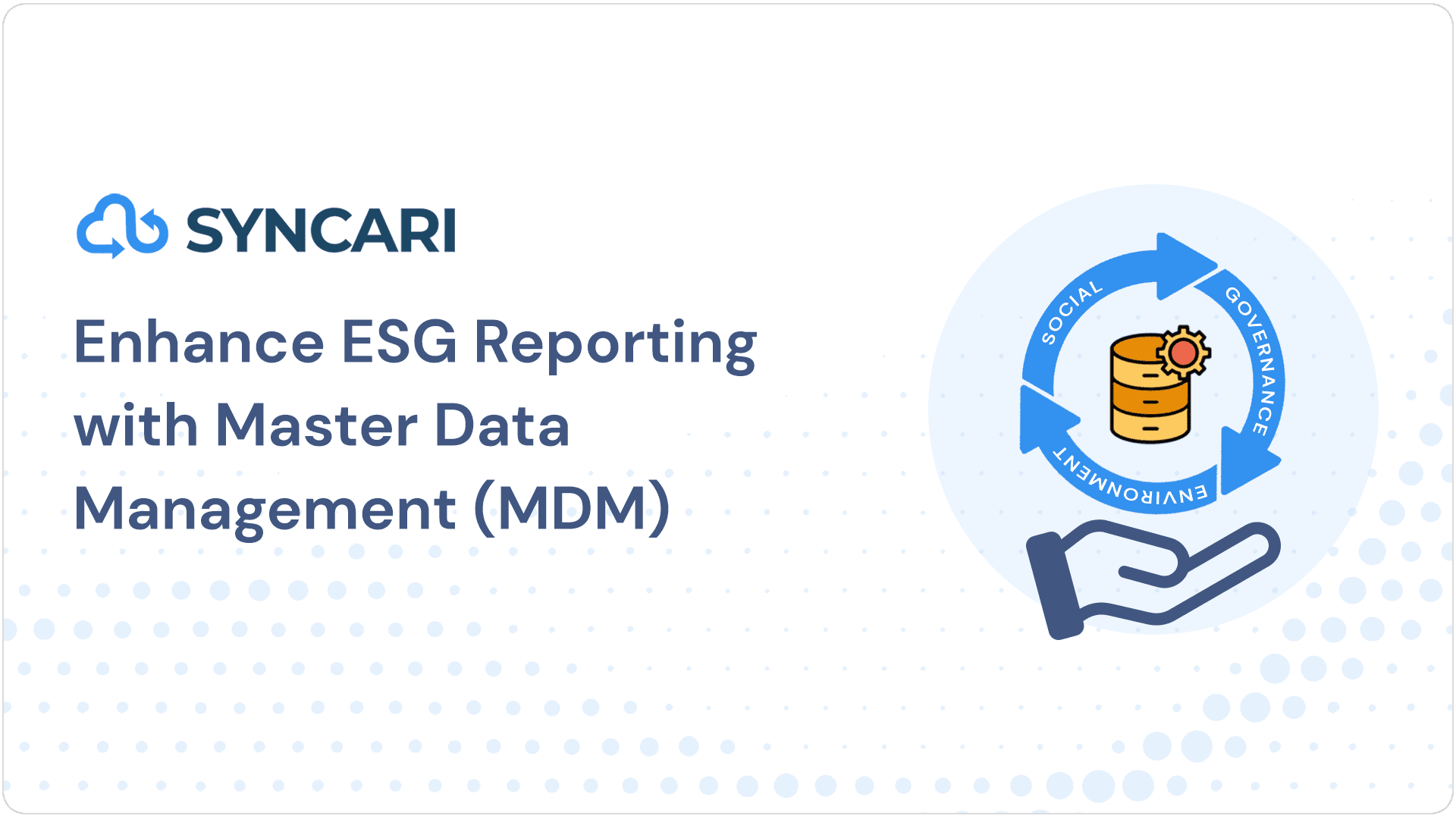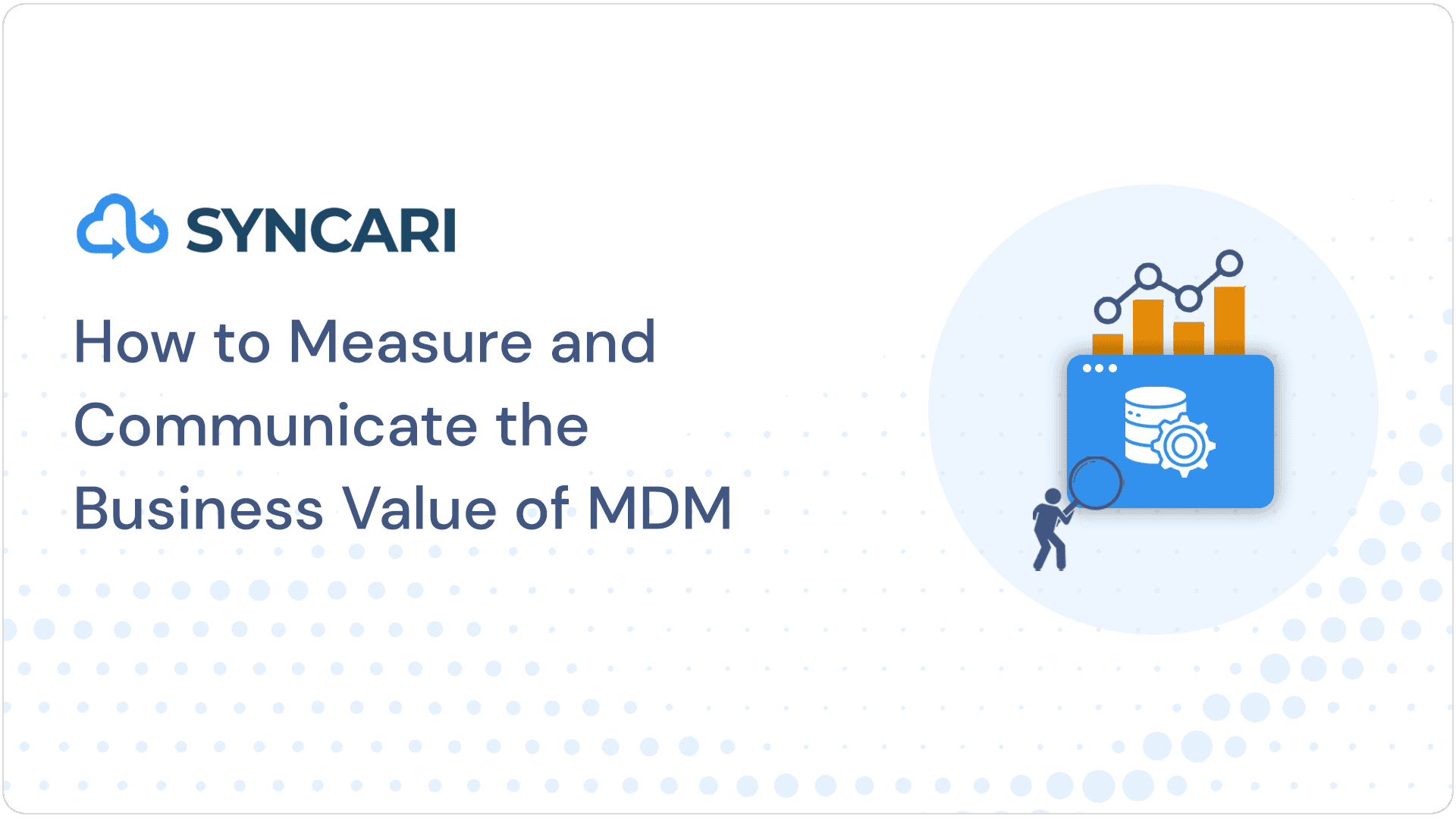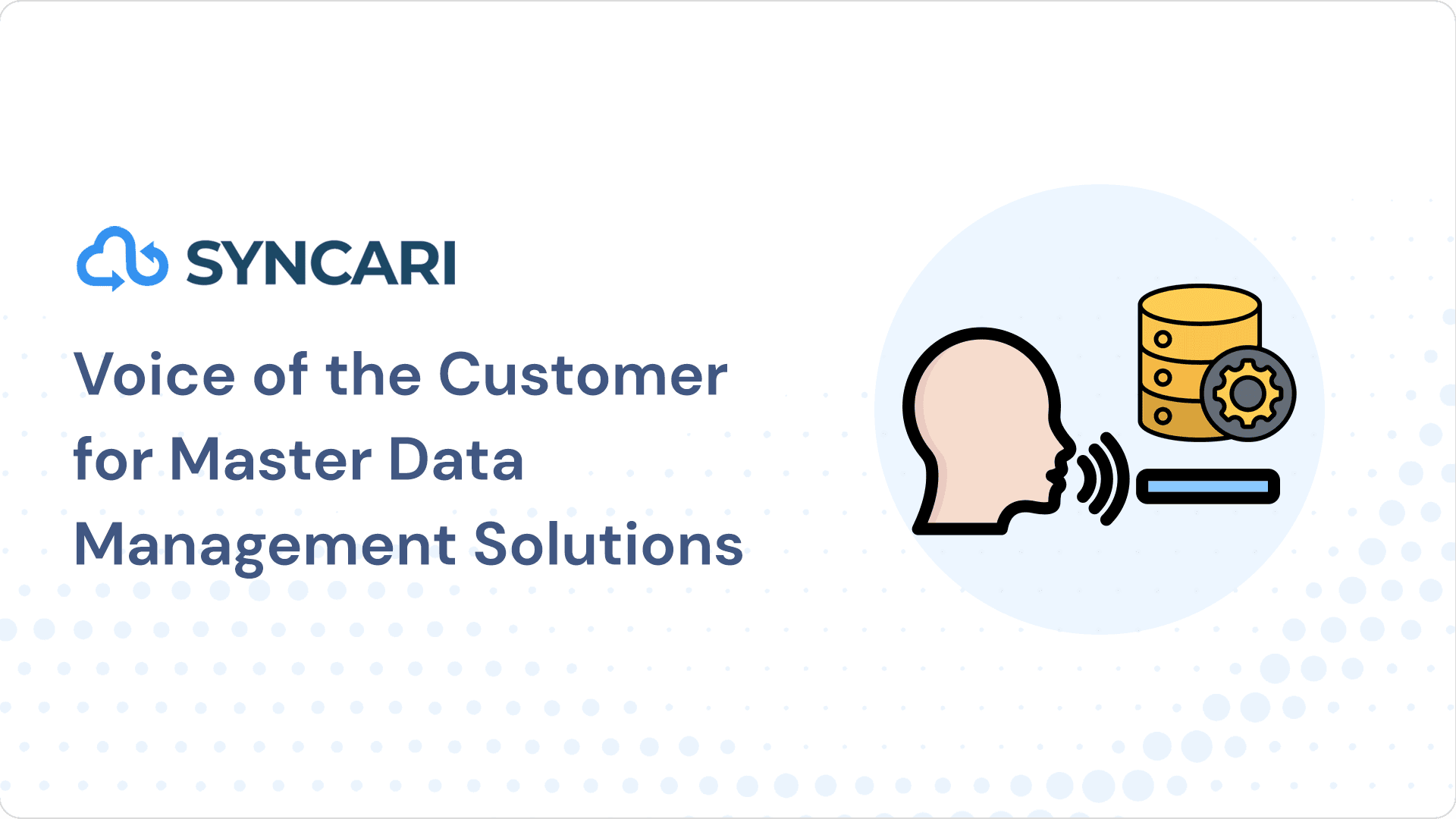TL;DR:
- Building an AI-enabled organization requires addressing challenges in data infrastructure, such as handling data growth and breaking down silos across the business.
- Organizations need to fill technology gaps in data architecture and partner with the right ai-ready solution or experts to ensure the right infrastructure for AI.
- A comprehensive data management strategy is crucial for making data actionable for AI and future-proofing.
- Only a small percentage of organizations have successfully transformed their business with AI, but there is a growing interest in adoption.
- Modernizing infrastructure is crucial for efficient AI/ML model deployment due to increased compute requirements.
Key Takeaways:
Building an AI-enabled organization at scale requires addressing several challenges related to data infrastructure. Is your data infrastructure ready for AI? One of the key challenges is handling extreme data growth and managing data across different locations and types. One of the key challenges is handling extreme data growth and managing data across different locations and types. Data is often siloed across on-premises, multiple clouds, and at the edge, making it difficult to make data actionable for AI. To bring AI to the data, organizations need a comprehensive data management strategy and tool chain to discover, ingest, and process data at high performance or almost in near real-time. This includes breaking down data silos and implementing a more holistic view of IT infrastructure and data management.
Another challenge is filling key technology gaps in data architecture. Many organizations lack the necessary technology pieces to activate powerful and differentiating AI applications. Organizations should drive the adoption of innovative technology and partner with data scientists and engineers to ensure the organization has the right infrastructure in place for AI. By addressing these challenges, organizations can build an AI-enabled organization at scale and leverage the power of AI to drive innovation and competitive advantage.
- Large Language Models (LLMs) like ChatGPT 3.5 have gained remarkable adoption and excitement.
Companies can leverage their own data to enhance generative AI and scale it across the organization with domain-specific knowledge. To achieve this, organizations need to strategically architect their on-premises or cloud infrastructure and advance their data estate. This will allow them to tap into the vast potential of generative AI while prioritizing data privacy and mitigating risks associated with large language models (LLMs). Implementing generative AI in industry-specific solutions requires establishing essential foundations, designing principles for structuring the infrastructure, implementing governance and responsible AI guidelines, enhancing generative AI with domain-specific knowledge, and scaling adoption across the organization. By doing so, companies can develop and scale contemporary chatbots, summarization applications, and future applications that encompass diverse and complex data formats. Additionally, generative AI can be used in prominent use cases such as enterprise search and facilitating new customer experiences through application integration.
- Data readiness is a crucial but often overlooked aspect of a successful generative AI strategy.
Developing a comprehensive data management strategy is crucial for making data actionable for AI, while also ensuring future-proofing. Data is often siloed across various platforms such as on-premises, multiple clouds, and at the edge, making it challenging to leverage AI effectively. To make data actionable for AI, organizations need the right data management strategy and tool chain to discover, ingest, and process data at high performance. This includes handling extreme data growth, managing the lifecycle of data appropriately, and fine-tuning AI models with industry and company-specific data. Traditionally, data management and infrastructure have been viewed as separate IT initiatives, but a more holistic view is needed to bring AI to data. This plays a crucial role in building an AI-enabled organization at scale, and a comprehensive data management strategy is key to their success. By breaking down data silos and implementing a future-proof data management strategy, organizations can unlock the full potential of AI.
- Generative AI operates by autonomously generating new content based on its understanding of its environment.
Only a small percentage of organizations have successfully transformed their business with advanced AI, with only 12% of organizations reaching this level of AI implementation. However, there is a significant interest in adopting AI, as 50% of organizations have plans to do so in the near future. This indicates that organizations recognize the potential benefits of AI and are actively working towards incorporating it into their operations.
Furthermore, AI is not only being used for operational purposes but also for strategic decision-making. According to a report, 43% of CEOs are already using AI to inform their strategic decisions. This highlights the growing importance of AI in enabling organizations to make data-driven decisions and gain a competitive edge in the market.
To fully leverage the power of AI, organizations need to ensure that their data infrastructure is ready for AI implementation. This includes having the necessary data collection, storage, and processing capabilities to handle the large volumes of data required for AI algorithms. Additionally, organizations need to invest in technologies such as cloud computing and advanced analytics tools to effectively utilize AI capabilities.
Overall, while the majority of organizations are still in the early stages of AI adoption, there is a clear intention to embrace AI in the future. By preparing their data infrastructure and leveraging AI for strategic decision-making, organizations can unlock the full potential of AI and drive business transformation.
- Data readiness involves moving and integrating data from various sources securely and at scale, ensuring your data is AI-ready and optimized for generative AI algorithms.
Modernizing infrastructure is crucial for AI/ML models due to their complexity and the need for increased compute power, especially through GPU-accelerated computing. GPU-accelerated computing offers essential time savings, higher accuracy, and a greater capacity for experimentation in model creation and deployment. The compute requirements for running AI/ML models have exponentially increased, making it challenging for local systems to meet the demands. The complexity of tasks and the availability of data have contributed to this increase in demand. For example, the number of parameters in large language and multimodal models has massively increased over time, with models like PaLM having nearly 360 times more parameters than GPT-2. This means that even the most powerful servers may not be sufficient to run today’s models, let alone future models. Therefore, organizations need to allocate a portion of their AI budget to modernize their infrastructure and increase compute capacity.
- Implementing advanced data operations technologies and responsible data use is critical to maximize the potential of generative artificial intelligence.
“Generative AI is set to usher in an era of empowerment, particularly in sales enablement and revenue operations. Imagine the impact when you, as a salesperson, can seamlessly access enterprise data,” said Dana Therrien, Vice President – Revenue Operations and Sales Performance Management (SPM) Advisory Practice at Anaplan. “It’s not just about gaining credibility; it’s about revolutionizing the way we work. Instead of weeks to find your top ten customers and deliver X, imagine having that information at your fingertips in real-time, during a simple conversation. That’s the true power of generative artificial intelligence (GenAI).”
There has been a tremendous buzz surrounding the field of artificial intelligence, particularly with the widespread adoption of Large Language Models (LLMs) such as ChatGPT 3.5. The impact has been nothing short of extraordinary. In just five days following its launch in November 2022, ChatGPT managed to captivate the interest of one million users. It’s evident that the AI wave is not only upon us but is firmly establishing itself as a lasting and transformative force.
A McKinsey study underscores the growing significance of generative AI (GenAI). Organizations are increasingly embracing gen AI, with a notable one-third of all survey respondents indicating that their companies are now utilizing generative AI regularly in at least one facet of their operations. This statistic becomes even more compelling when considering that 60 percent of organizations that have adopted AI are now leveraging gen AI.
Moreover, 40 percent of the entities that have integrated AI into their workflows express their intention to boost their overall AI investments, with generative AI playing a pivotal role in this decision. Out of the remaining lot, 28 percent report that generative AI has already found its place on their board’s strategic agenda. However, among these forward-thinking organizations, a remarkable 22 percent have already seamlessly integrated GenAI into their daily work routines.
This surge in adoption reflects the transformative potential of GenAI across businesses and innovators, reshaping the ways we approach creativity, problem-solving, and decision-making. However, one crucial aspect often gets overlooked amidst this, and that is AI data readiness.
This article sheds light on this often-neglected but pivotal element for a successful generative AI strategy. We will delve into why data quality is vital for GenAI applications, define the attributes of ‘good data,’ and provide insights on how businesses can strategically align their data to maximize their competitive advantages.
Unleashing Creativity with Generative AI
According to the IDC Worldwide C-Suite Survey, more than half of C-suite executives consider GenAI a top-of-mind investment, with 87% exploring potential use cases. Despite this enthusiasm, 74% of senior business and technology decision-makers express uncertainty about integrating data and managing generative AI across legacy applications and multi-cloud environments, as revealed by Cognizant.
What is Generative AI
Generative AI, excels in autonomously generating new content, ideas, or solutions. Unlike traditional AI models that rely on learning patterns from data, generative AI takes a step further by creating entirely new content based on its understanding of its environment. It’s like having an AI collaborator comprehending existing data and generating novel, contextually relevant outputs.
Generative AI operates through sophisticated neural networks and leverages algorithms to mimic patterns in the data it was trained on. This process involves learning relationships between elements, enabling the AI to generate new content in line with known ways. Whether text, images or other data forms, generative AI can produce coherent, context-aware outputs.
The Importance of Data Readiness and Robust Infrastructure for Effective Utilization of Generative AI in Business
Data readiness for generative AI involves two key elements: the ability to move and integrate data from various sources automatically, reliably, securely, and at scale while implementing data governance practices for data protection and accessibility. A mature data strategy and infrastructure are essential for effectively prototyping, deploying and testing generative AI.
Maximize the Potential of Generative AI through Data Readiness and Responsible Use
Generative AI empowers businesses to automate tasks, enhance interactions, make predictions, and drive innovation. To harness its potential, organizations must prioritize their data. By combining their unique data with pre-trained models, generative AI can become a knowledgeable entity within an organization, offering numerous opportunities for innovation and efficiency. Implementing advanced data operations technologies and cultivating responsible data use is critical.
Enhance Data Readiness for Generative AI Applications through ChatGPT Plugins and Industry Large Learning Models
Implementing ChatGPT plugins and industry-large learning models (LLMs) can enhance data readiness for generative AI applications. These techniques improve accuracy and relevance while filtering out irrelevant data. Industry LLMs enable the model to understand and generate content specific to a domain, enhancing the quality of generated output.
Integrate Generative AI with Business Data and Ensure Data Readiness
Accurate or good data is crucial for training AI models, as they require high-quality data. Organizations typically have two primary approaches for integrating GenAI with proprietary business data:
- Custom Foundational Model (FM) or General-Purpose Language Model (LLM): Create a new LLM tailored to specific business needs by fine-tuning a custom FM or a general-purpose LLM with proprietary data. This process may be resource-intensive, requiring human input.
- Retrieval Augmented Generation (RAG): Provide an existing LLM with access to proprietary data. This approach allows the model to augment its output with real-time information from proprietary databases.
Here’s a sneak peek at our AI-data readiness checklist.
To ensure the success of generative AI, organizations should focus on the following scalable factors through master data management or data automation.
- Data management
- Data discovery
- Data acquisition
- Data curation
- Data processing
Data Management: Governance Policies for Effective Generative AI Applications
Generative AI heavily depends on good data, emphasizing the importance of data management for ensuring data validity, relevance and integrity. Poor-quality data can lead to disappointing or inaccurate AI results. Implementing data governance can be complex but is crucial as a foundation. You can simply start by narrowing the scope to ensure adoption across the organization, especially at the data collection frontlines like websites or forms.
Data Acquisition & Discovery for Generative AI Applications
Start by identifying data sources and extracting data, after which, it needs to be ingested into a data hub for proper data cataloging and data classification. This aims to help organizations easily find, understand and evaluate data assets, opening up the opportunity to understand what data an organization possesses, where it’s stored, what its quality is, and how it can be leveraged for business intelligence, analytics or efficient decision-making.
Data Curation & Processing for Generative AI Applications
Ensure there is a process in place to systematically organize, clean, and unify raw data to make it more usable, accurate, and reliable. This involves the transformation of raw data into a well-structured and meaningful dataset. A part of this is data normalization, data enrichment, and data integration, which aims to remove duplicates, handling missing values, and ensuring data conforms to a standardized format.
Solving tomorrow’s challenge through your data architecture plays a pivotal role as it needs to be flexible and capable of handling large volumes of data efficiently. Building a robust data architecture is essential to support the successful implementation of generative AI and other data science initiatives. On the other hand, poorly architected data can hinder progress in data science activities, regardless of whether the data is unified or distributed.
Enhancing Data Security Measures
Data security is paramount in the era of generative AI. Strengthening security protocols and encryption techniques, and conducting regular security audits and vulnerability assessments are vital steps to safeguard sensitive data in an increasingly AI-driven landscape. Is your data infrastructure ready for AI? Strengthening security protocols and encryption techniques, and conducting regular security audits and vulnerability assessments are vital steps to safeguard sensitive data in an increasingly AI-driven landscape.
Generative AI offers transformative capabilities but businesses must prioritize tomorrow’s challenge – data readiness to unlock its potential fully. AI innovation starts with a data-ready foundation, that can easily be facilitated by powerful platforms like Syncari, an ai-ready solution enables organizations to harness generative AI’s full power, driving innovation, efficiency and informed decision-making.
Learn how Syncari’s ai-ready solution accelerates your data readiness for Generative AI and talk to our experts.


